Introduction
In the fast-paced world of finance, Robotic Process Automation (RPA) is revolutionizing various aspects of the banking sector. From automated account reconciliation to new customer onboarding processes, fraud detection and prevention, mortgage and loan application processing, credit card application processing, trade finance operations, digital account opening, report generation and auditing, money laundering operations automation, to front-office task automation, RPA is transforming the industry. This powerful technology not only streamlines operations and improves efficiency but also enhances customer satisfaction and fosters growth.
As banks increasingly embrace RPA, they are positioned to lead the way in a digital-first financial world.
Automated Account Reconciliation
In the fast-paced world of finance, Robotic Process Automation (RPA) is a game-changer, especially in the realm of account reconciliation. This powerful technology gifts banks the ability to rapidly and accurately match financial records, traditionally a labor-intensive endeavor, with unrivaled precision. For instance, the implementation of RPA in account reconciliation ensures that banks can leave behind the days of manually balancing accounts, a process fraught with human error.
As a result, this shift not only slashes the hours invested in such tasks but also boosts overall operational efficiency and financial accuracy.
Consider the insight from Shagun, an ex-Fortune 100 auditor and tech CEO, who emphasizes that a staggering 80% of financial operations are ripe for automation, according to Accenture. This untapped potential could liberate employees from mundane tasks, allowing them to dedicate their intellect to strategic initiatives that enhance customer satisfaction. Furthermore, the integration of artificial intelligence and machine learning into RPA elevates this technology, enabling it to tackle the complexities of financial data with finesse.
The transformative power of RPA is not just theoretical. Forrester Research's Total Economic Impact methodology highlights that companies investing in intelligent automation can enjoy a robust 73% revenue growth, part of the overall Net Present Value benefit, alongside a 5.4% compound annual growth rate over three years. As banks increasingly turn to RPA for streamlining operations, the landscape of financial services is set to evolve, promising a future where banks can augment their customer relationships and harness the full potential of their data.
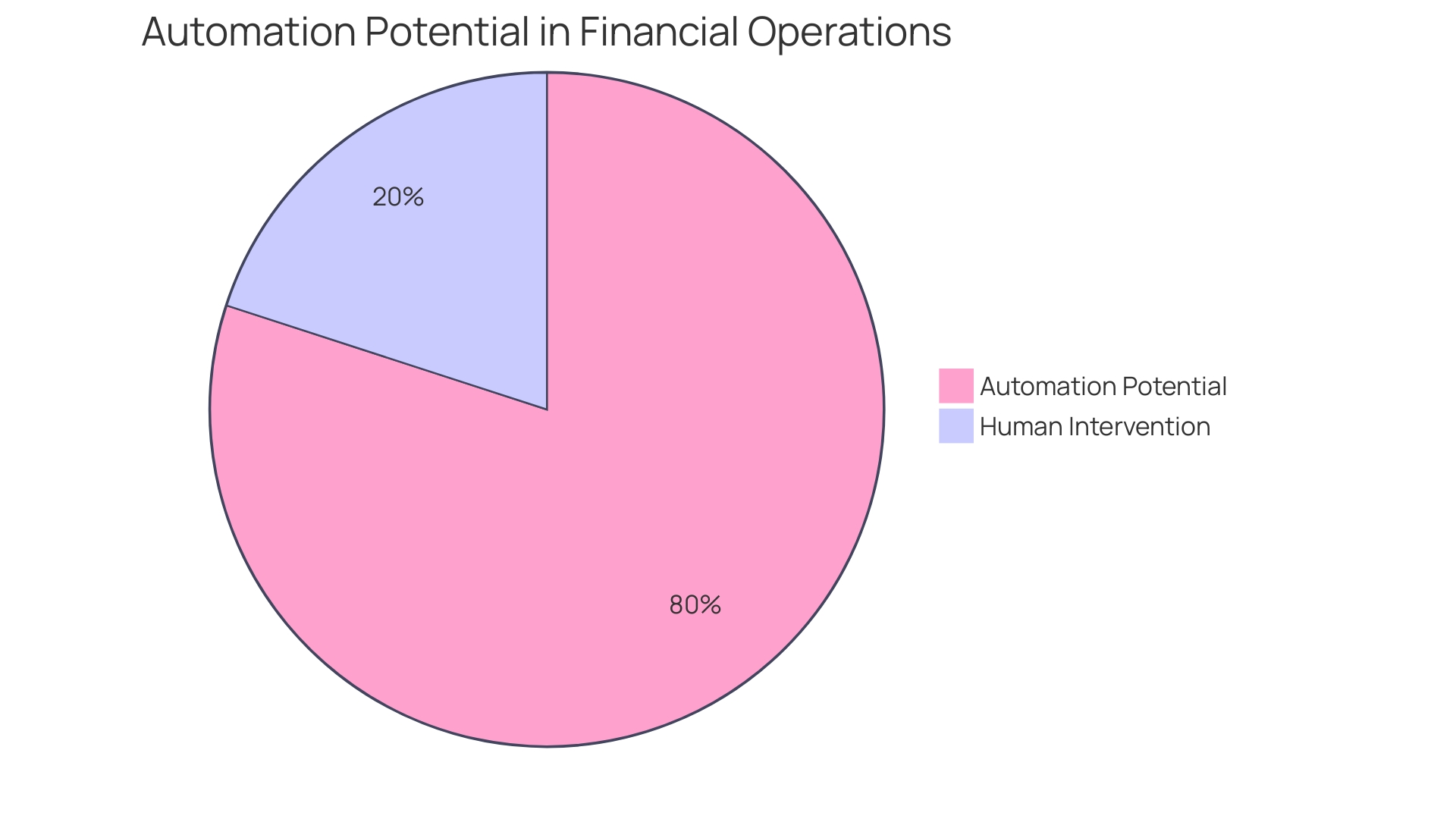
New Customer Onboarding Processes
Robotic Process Automation (RPA) is revolutionizing the way banks onboard new customers. This technological leap forward allows for the automation of previously manual tasks such as data entry, verification, and document handling. With RPA, banks like Capital One are not only accelerating the onboarding process but also enhancing accuracy, which in turn boosts customer satisfaction and operational efficiency.
Capital One, a front-runner in digital transformation, has already demonstrated its commitment to innovation by fully embracing the cloud and leveraging collaborative platforms like Slack to automate workflows. This progressive approach underscores the bank's dedication to delivering standout experiences to both employees and customers.
Similarly, TBC Bank has taken significant strides towards digitization by adopting agile principles and modernizing its operations to improve the time-to-market of its digital products. This dedication to digital excellence aims to make banking more seamless for customers and employees alike, reflecting TBC Bank's mission to simplify people's lives. The bank's efforts are not just about internal improvements; they're also focused on international expansion and establishing TBC as a top employer in Georgia.
The financial sector is set to be further transformed as strategic partnerships, like that of Adnovum and Squirro, emerge. Together, they aim to use AI, natural language processing, and advanced technologies to revolutionize banking and insurance. Their focus on service management and client engagement through AI solutions exemplifies the potential for RPA to go beyond basic digital transformation and augment human intelligence.
Understanding the power of RPA is crucial. This technology employs software robots to perform a range of tasks across different applications and platforms, liberating staff from repetitive tasks and allowing them to focus on more complex work. The impact of RPA is not limited to operational tasks but extends to customer service interactions, promising a more responsive and reliable service for banking customers.
In the context of lifecycle automation, this technology plays a vital role in enhancing customer interactions throughout the entire product or service lifecycle, from acquisition to retention. This optimization of customer journeys is crucial for small businesses that rely on strong customer relationships.
The benefits of adopting intelligent automation are clear, with studies showing significant revenue growth and productivity improvements for early adopters. For instance, a composite customer saw a 73% revenue growth in net present value benefits and a compound annual growth rate of 5.4% over three years. Accenture's research suggests that 73% of the time spent by US bank employees could be affected by generative AI, with a significant portion of that time being ripe for automation.
As banks continue to embrace RPA and related technologies, the potential for growth and efficiency seems boundless. With the automation of new customer onboarding processes, banks are not only improving the customer experience but also setting a new standard for operational excellence in the industry.
Fraud Detection and Prevention
Robotic Process Automation (RPA) has become a formidable ally in the fight against fraud in the banking sector. By leveraging RPA's capability to sift through immense data sets swiftly, banks can uncover irregularities and inconsistencies that hint at fraudulent activities. The technology's real-time analysis can proactively identify suspicious patterns, triggering alerts for banks to act promptly, averting potential financial losses.
The urgency to address fraud is underpinned by staggering statistics: In the U.S. alone, credit card fraud cases have escalated to an estimated 150 million in 2023, equating to approximately one fraud per thousand transactions. Retailers are poised to face a colossal $130 billion loss due to card-not-present fraud this year. These figures underscore the critical necessity for robust fraud prevention mechanisms.
In the realm of credit card fraud, RPA can enhance the pre-authorization process of transactions. By reviewing and validating transaction data against established fraud indicators, RPA facilitates a more secure point-of-sale environment, significantly reducing the risk of fraudulent transactions slipping through the cracks.
Moreover, the traditional methods of detecting financial fraud are increasingly inadequate against the sophistication of modern fraud schemes. With fraudsters possessing intricate knowledge of company operations and controls, they craft schemes deeply embedded within normal financial reporting processes, which are difficult to unearth without sophisticated tools like RPA.
Financial fraud is not just a threat to immediate financial assets but also to a company's long-term viability, including reputation and customer trust. With a global average loss due to fraud estimated to reach over $343 billion between 2023 and 2027, the implementation of efficient fraud management systems is imperative.
By integrating RPA into their fraud detection and prevention strategies, banks are not only safeguarding their financial interests but also reinforcing their ethical commitment to protecting client data, as emphasized in Microsoft's Responsible AI Standard. This commitment is paramount in an era where the data remains a valuable asset for both clients and businesses alike.
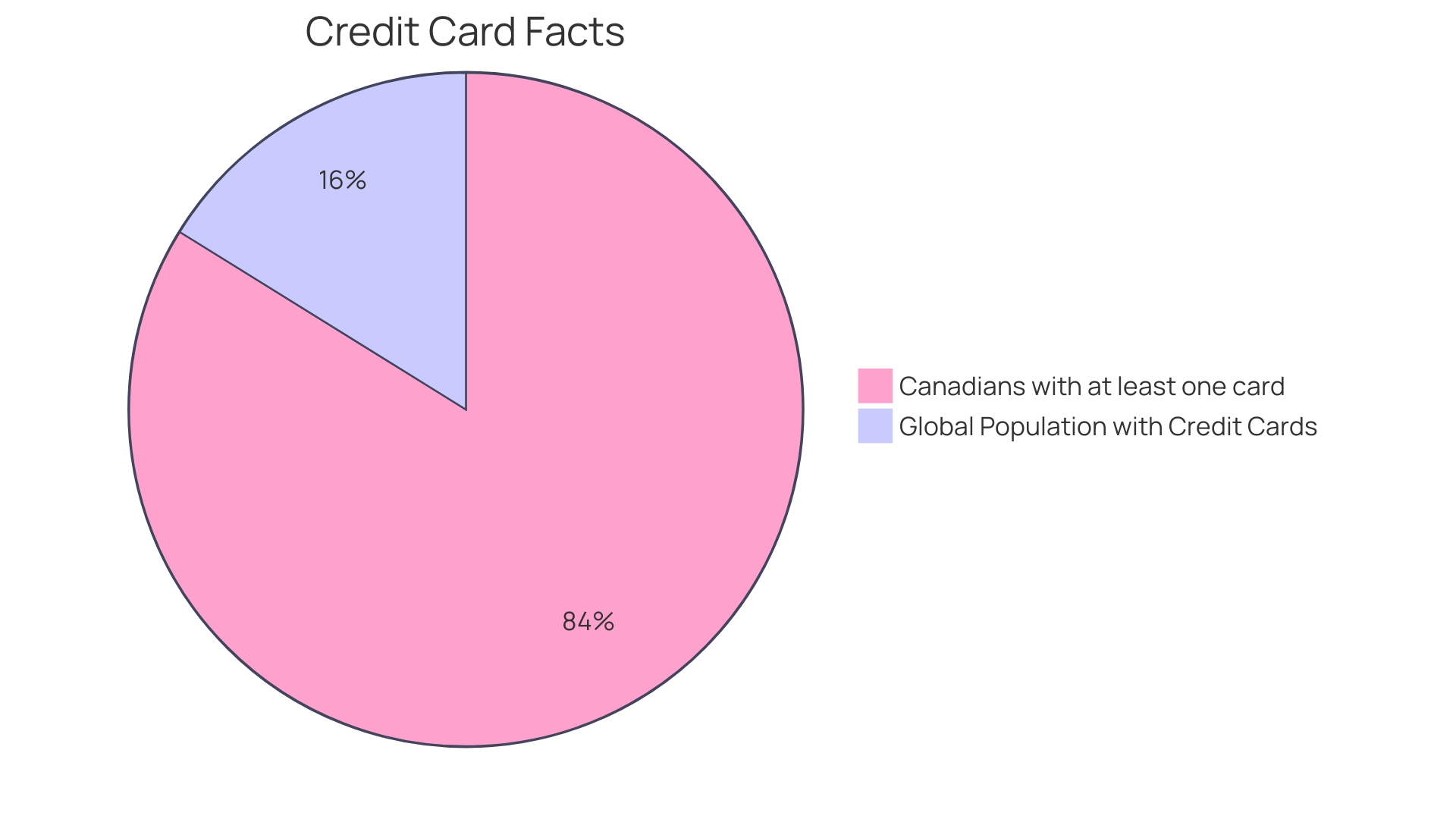
Mortgage and Loan Application Processing
Robotic Process Automation (RPA) is revolutionizing the banking sector by streamlining mortgage and loan application processes. The integration of Intelligent Document Processing (IDP), which combines AI and machine learning, enables banks to accurately extract, verify, and validate data from various document types. This technological synergy not only expedites loan approvals but also ensures regulatory compliance and enhances transparency.
For instance, Rocket Mortgage, a leading retail mortgage lender, has embraced digital transformation by introducing a fully online mortgage experience and AI-powered tools like Pathfinder, which quickly provides solutions to complex loan processing queries. With RPA, banks can achieve notable efficiency gains, with some organizations reporting up to a 30% reduction in errors and processing times, and a consequential 25% ROI. By automating these critical but repetitive tasks, banks can deliver a superior customer experience, with faster decision-making and improved accuracy, paving the way for a more agile and responsive banking environment.
Credit Card Application Processing
Robotic Process Automation (RPA) is revolutionizing the banking industry by streamlining credit card application processing. With RPA, tasks such as gathering customer data, performing credit assessments, and making approval decisions can be automated. This not only accelerates the application process but also diminishes human errors, enhancing the overall customer experience.
Banks benefit from RPA's ability to manage high application volumes efficiently, leading to prompt processing and quicker customer responses. The urgency for such advancements is underscored by the alarming rise in credit card fraud, which has surged from 127 million cases in 2021 to an estimated 150 million by 2023 in the United States alone.
The financial sector has long battled fraud, relying on IT and computational algorithms. One key technique is real-time pre-authorization of online transactions, scrutinizing each transaction at the point-of-sale. Furthermore, intelligent automation, which combines RPA with artificial intelligence (AI), is proving transformative, enhancing business processes and decision-making.
This synergy is crucial in combating fraud, as machine learning models demonstrate remarkable potential in detecting and preventing such illicit activities. Ultimately, RPA is a cornerstone in the digital transformation journey, offering a path to improved security, efficiency, and customer satisfaction in the credit card application process.
Trade Finance Operations
Robotic Process Automation (RPA) is revolutionizing trade finance operations by automating complex tasks such as document verification, compliance checks, and trade settlements. In an industry historically dominated by manual, paper-intensive processes that could lead to data silos, delays, and increased costs, RPA serves as a technological beacon, guiding the transition to a more integrated, data-driven supply chain.
Through intelligent workflows, RPA connects disparate systems, enabling a seamless and automated exchange of financial, informational, and physical supply chain data within one distributed network. This results in enhanced operational efficiency, as banks can process a higher volume of trade finance transactions without a proportional increase in costs.
As companies strive for environmental, social, and governance (ESG) targets, the visibility and traceability provided by RPA become even more vital. With the ability to handle complex data and reduce manual errors, banks can not only improve accuracy but also meet the increasing demands of global trade.
Advancements in automation technology are also empowering organizations to embrace digitization, standardization, and collaboration, accelerating time to value and curbing expenses. In an environment where skilled labor is becoming scarce, as highlighted by Mujin's recent investment in robot software, the implementation of RPA is proving to be an indispensable asset for future-proofing trade finance operations.
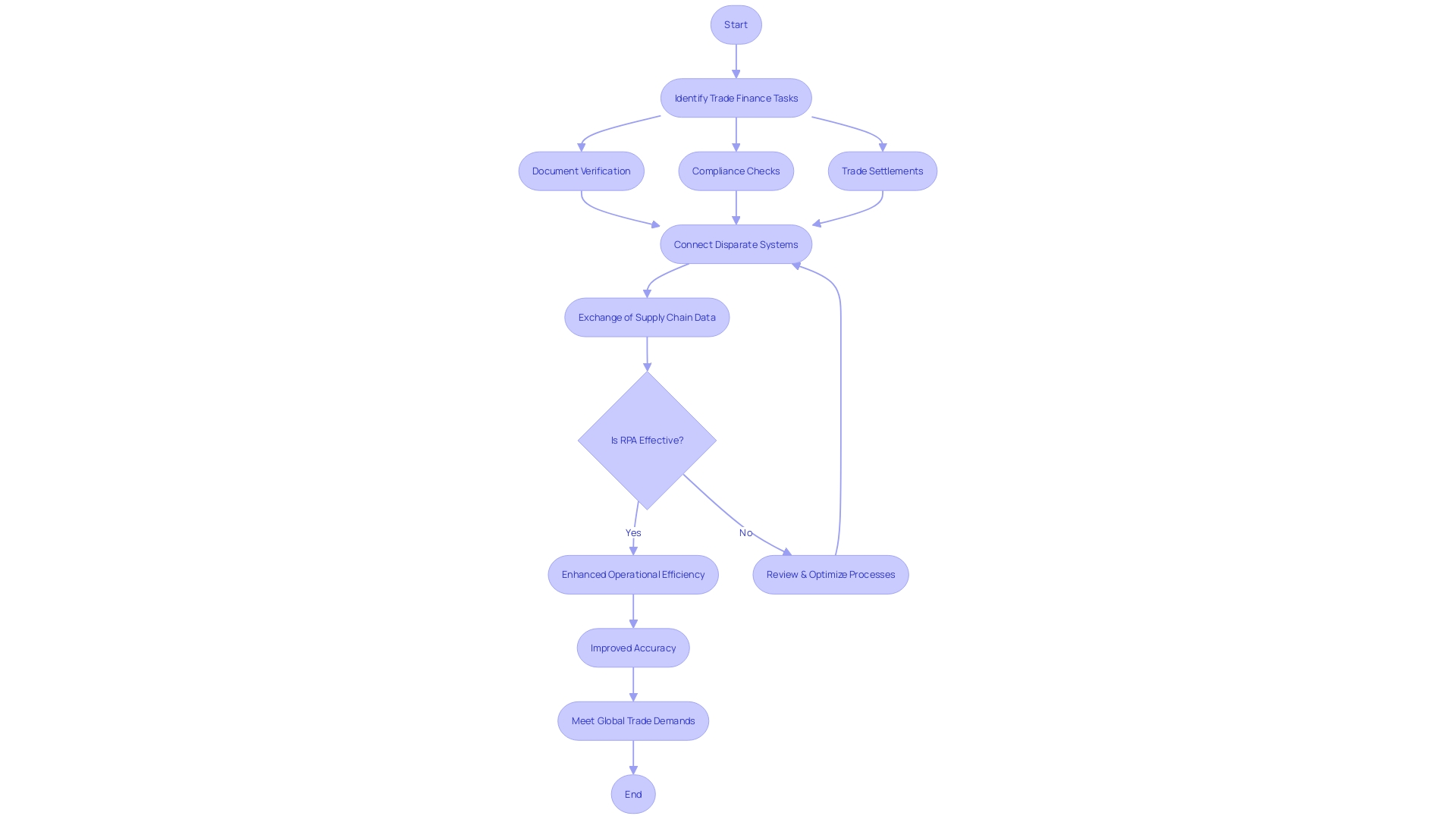
Digital Account Opening
Robotic Process Automation (RPA) is revolutionizing the banking sector, particularly by streamlining the digital account opening process. By harnessing the capabilities of RPA, banks can automate the tedious steps of data entry, validation, and account creation, leading to a significant reduction in the need for manual input. This automation not only elevates the customer experience by offering rapid and hassle-free account opening but also slashes the time and costs banks usually incur during this procedure.
In the context of digital transformation, where financial institutions are continually adapting to better serve their customers and operate more efficiently, RPA serves as a critical enabler. This is especially relevant given the rise of digital-only banks, also known as neobanks, which operate exclusively online and have set new benchmarks in terms of efficiency and customer service, forcing traditional banks to accelerate their digital strategies.
Moreover, statistics underline the urgency of digital adoption in banking. With digital services growing at double the rate of the global economy, and job creation in the sector occurring at six times the global average, it's clear that banks must leverage technologies like RPA to remain competitive. For instance, the IT services sector alone, which includes tech advancements like RPA, is a significant contributor to this growth, with leading economies accounting for a substantial 70 percent of global value added.
This trend towards digitalization is further evidenced by the increase in digital banking, with a notable decline in traditional banking as evidenced by the closure of over 2,500 branches in 2023 alone. Banks are now using data analytics, AI, and machine learning to better understand customer behavior and preferences, further personalizing the banking experience and improving efficiency.
However, the journey towards digital transformation is not without its challenges. McKinsey reports that 70 percent of complex, large-scale change programs fail to meet their stated goals, emphasizing the importance of not only adopting new technologies but also fostering the right mindset and cultural shift within the organization. The successful deployment of RPA in digital account opening is a testament to the potential of technology when aligned with the strategic vision and culture of a bank.
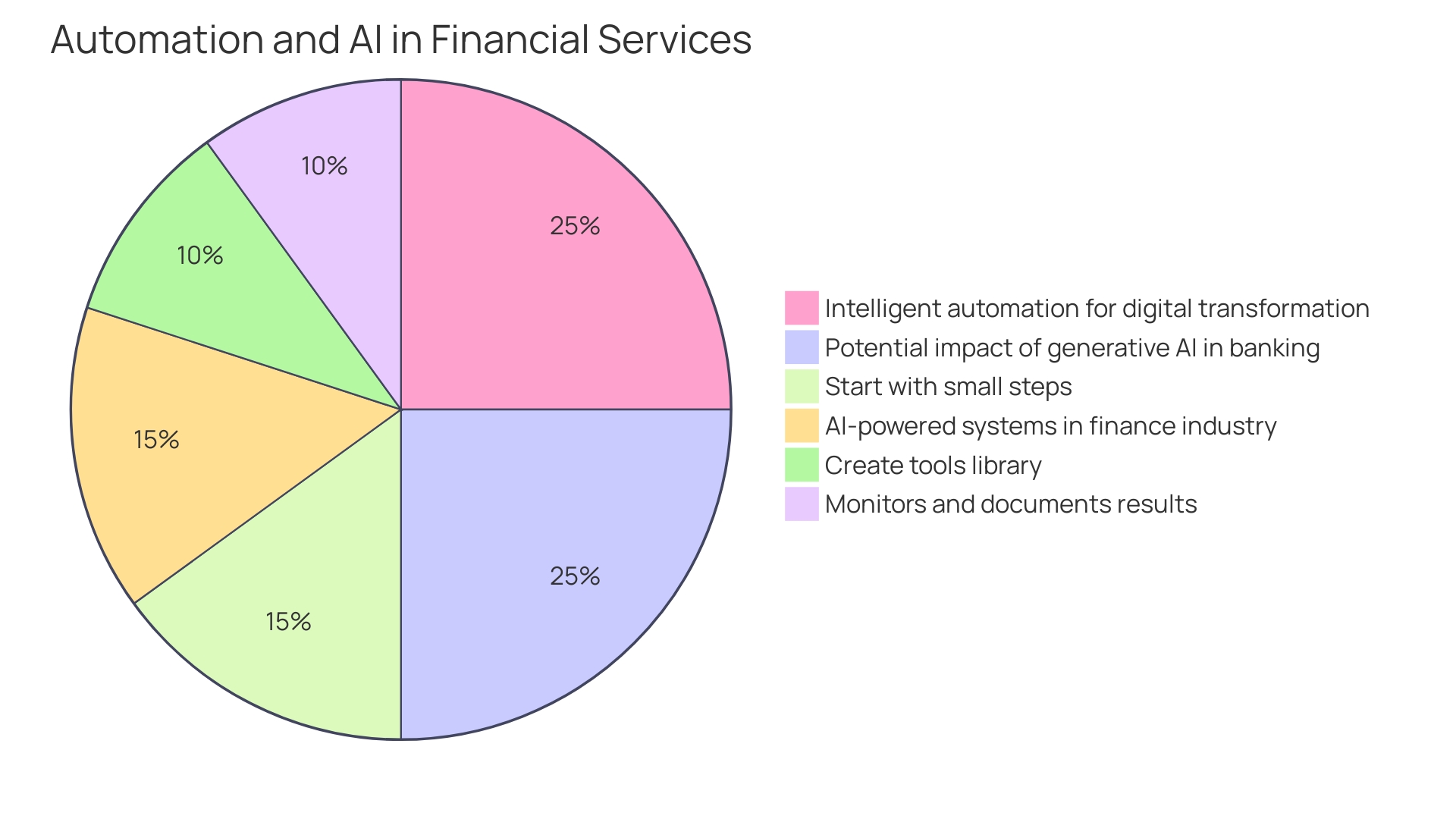
Report Generation and Auditing
Robotic Process Automation (RPA) is revolutionizing the banking sector by streamlining report generation and audit processes. Through the integration of RPA, banks can extract data from disparate sources and compile it into uniform reports seamlessly. The technology extends its capabilities to auditing, where it can sift through vast quantities of data, pinpoint inconsistencies, and produce comprehensive audit reports.
This automation not only saves considerable time but also bolsters accuracy and aids in meeting stringent regulatory standards. Accenture's research indicates that 73% of banking employees' time in the U.S. could be influenced by AI—39% through automation and 34% through augmentation. TBC Bank's success story exemplifies this transformation as it strives to ease complexity and foster growth through an agile, digitized approach.
The bank has significantly reduced the technical debt and enhanced the banking experience for both customers and staff. Moreover, IT consulting firm Adnovum's strategic partnership with Squirro utilizes AI and natural language processing to transform financial services, underscoring the sector's commitment to adopting advanced technologies like RPA. As banks continue to adopt RPA, they stand at the cusp of a significant shift towards a more efficient, compliant, and customer-centric future.
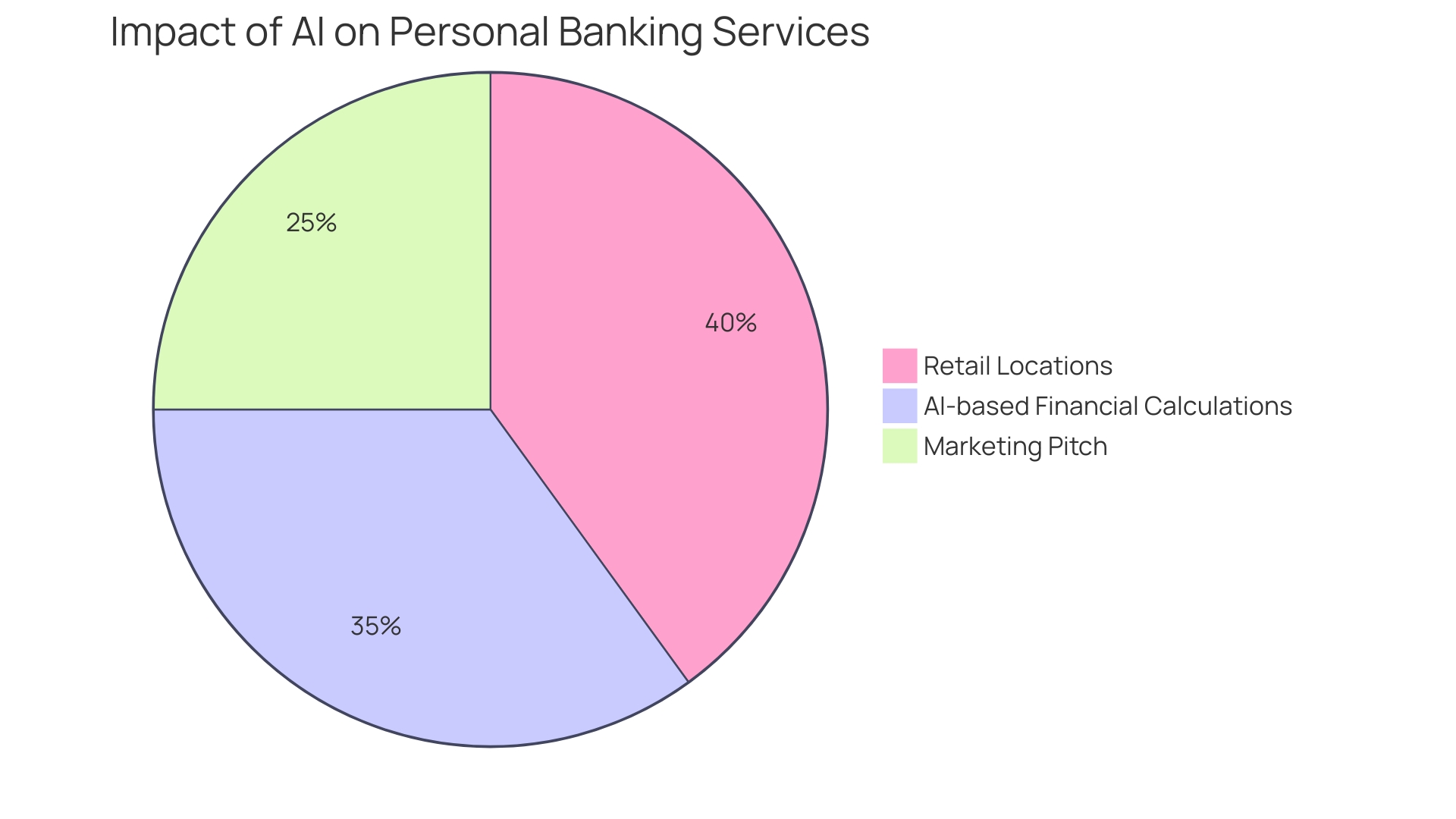
Money Laundering Operations Automation
Robotic Process Automation (RPA) is proving to be a formidable ally in the banking industry's ongoing battle against money laundering—a criminal practice where large amounts of money generated from illicit activities are processed through legitimate businesses to disguise their origins. With an alarming 74% of organizations experiencing some form of payment fraud last year and anticipated fraud prevention expenses reaching $11.8 billion annually by 2025, banks are under immense pressure to fortify their defenses.
One sophisticated form of money laundering, known as 'smurfing' or 'structuring,' involves dispersing large sums of money into small deposits across various accounts to evade detection. Traditional detection methods, which are either rule-based or rely on machine learning to flag predefined suspicious scenarios, often fall short when confronted with the complexity and innovation of modern money laundering techniques. However, RPA, along with advanced AI, is enhancing the efficiency and effectiveness of anti-money laundering (AML) efforts.
For example, a novel software demonstrated in a study published at the SIAM International Conference on Data Mining can analyze complex graphs of banking transactions, pinpointing suspicious activities with a precision that is three times more effective than previous methods. This technology can detect intricate patterns of money movement, even when funds are split and distributed across multiple accounts—a common tactic in smurfing.
Furthermore, the Transaction Monitoring Netherlands (TMNL) initiative showcases the collaborative power of major Dutch banks utilizing RPA to overcome the limitations of single-bank data models, allowing for a more comprehensive analysis across institutions. This is particularly pertinent when considering the rapid evolution of cybercrime, where cybercriminals leverage artificial intelligence to outsmart traditional security protocols.
With the stakes so high and the adversary so adaptable, incorporating RPA into AML strategies is not just a technological upgrade; it's a fundamental shift towards a more proactive and resilient approach to financial security. As industry experts emphasize, the integration of these advanced systems is crucial not only for detecting and preventing illicit activities but also for maintaining the trust and integrity that are the cornerstones of the banking sector.
Front-Office Task Automation
Robotic Process Automation (RPA) is significantly enhancing front-office operations in the banking sector, streamlining tasks that include responding to customer inquiries, updating account balances, and processing transactions. Banks leveraging RPA not only heighten customer service quality but also slash response times, fostering greater customer satisfaction. This shift allows bank employees to dedicate their efforts to more nuanced, high-value tasks as RPA efficiently manages the routine ones.
For instance, Capital One, a major player in the retail banking arena serving over 100 million customers, has harnessed the power of digital transformation to innovate customer experience. By embracing cloud technology and utilizing platforms like Slack for work collaboration and workflow automation, Capital One has set a precedent in the industry for digital advancement. Similarly, TBC Bank's commitment to agility has streamlined its operations, allowing it to focus growth efforts on international expansion and digital transformation.
The automation of repetitive tasks is not just a time-saver; it's a catalyst for growth. According to Forrester Research's Total Economic Impact methodology, intelligent automation can lead to a revenue boost, with a 73% increase in overall net present value (NPV) benefits and a 5.4% compound annual growth rate (CAGR) over three years for a composite customer. A study analyzing the potential use of technology across banking roles by Accenture reveals that 73% of time spent by US bank employees could be significantly affected by generative AI—39% through automation and 34% through augmentation.
SAP Build Process Automation's success stories confirm these findings, showcasing remarkable improvements like a 30% reduction in order processing errors and time, a 50% reduction in invoice processing time, and a 25% return on investment. These enhancements in efficiency underscore the transformative potential of RPA in the banking industry, enabling institutions to not only refine their operational efficiency but also to revitalize the customer experience.
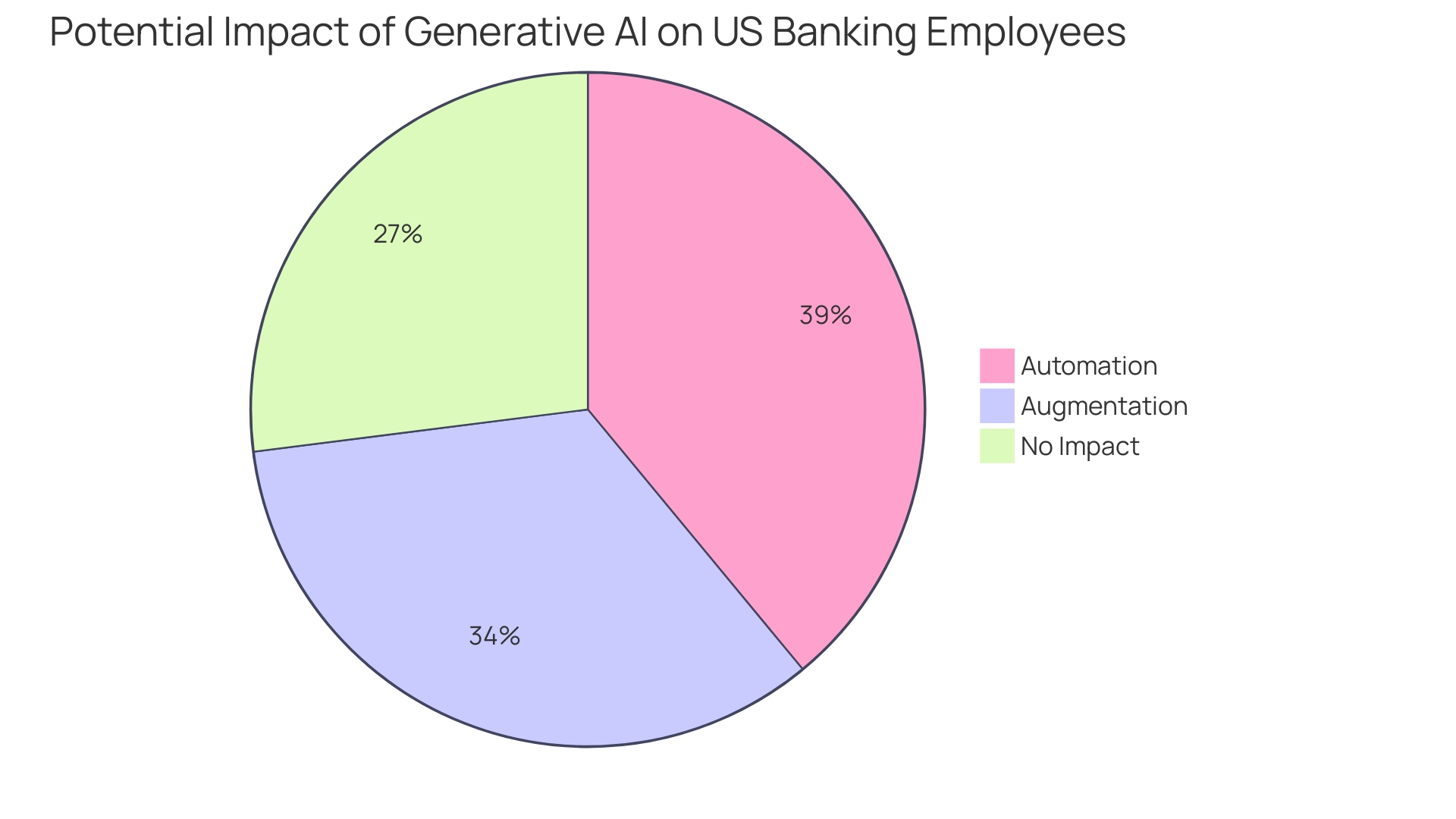
Future of RPA in Banking
Robotic Process Automation (RPA) is poised to revolutionize the banking industry, enhancing operational capacities and customer service quality. As banks look to the future, the integration of RPA offers a wealth of potential applications, from streamlining risk management to advancing data analytics. Recognizing the transformative power of RPA, TBC Bank, with its commitment to 'making people's lives easier,' has leveraged agile methodologies to modernize its digital offerings and internal operations.
This initiative underscores the industry's broader movement towards harnessing RPA for its dual ability to both elevate the customer experience and empower employees with more sophisticated tools.
According to Accenture, an impressive 73% of tasks in U.S. banks could soon be performed by AI, with RPA playing a critical role in both the automation and augmentation of these tasks. The adoption of such technologies is not only a strategic move to improve productivity but also a necessary step to remain competitive in a rapidly evolving financial landscape. The banking sector stands on the cusp of a significant shift, where early adopters are projected to witness substantial productivity improvements over the next few years.
Nevertheless, the journey toward RPA implementation must be navigated with a clear understanding of the specific processes that are prime candidates for automation. Leaders in the industry must meticulously evaluate the inefficiencies within these processes and consider the integration costs and timeframes of RPA solutions. Such strategic planning has been epitomized by organizations that have successfully streamlined their operations, like the public service unit that embraced Tungsten TotalAgility for transaction automation, resulting in enriched customer service capabilities.
As RPA continues to mature, the banking sector is uniquely positioned to benefit from its adoption. The technology's capability to transform various aspects of banking operations promises not only reduced costs and improved efficiency but also a deepened customer connection through enhanced service delivery. As we look ahead, the banks that proactively integrate RPA into their strategic planning will likely emerge as leaders in a digital-first financial world.
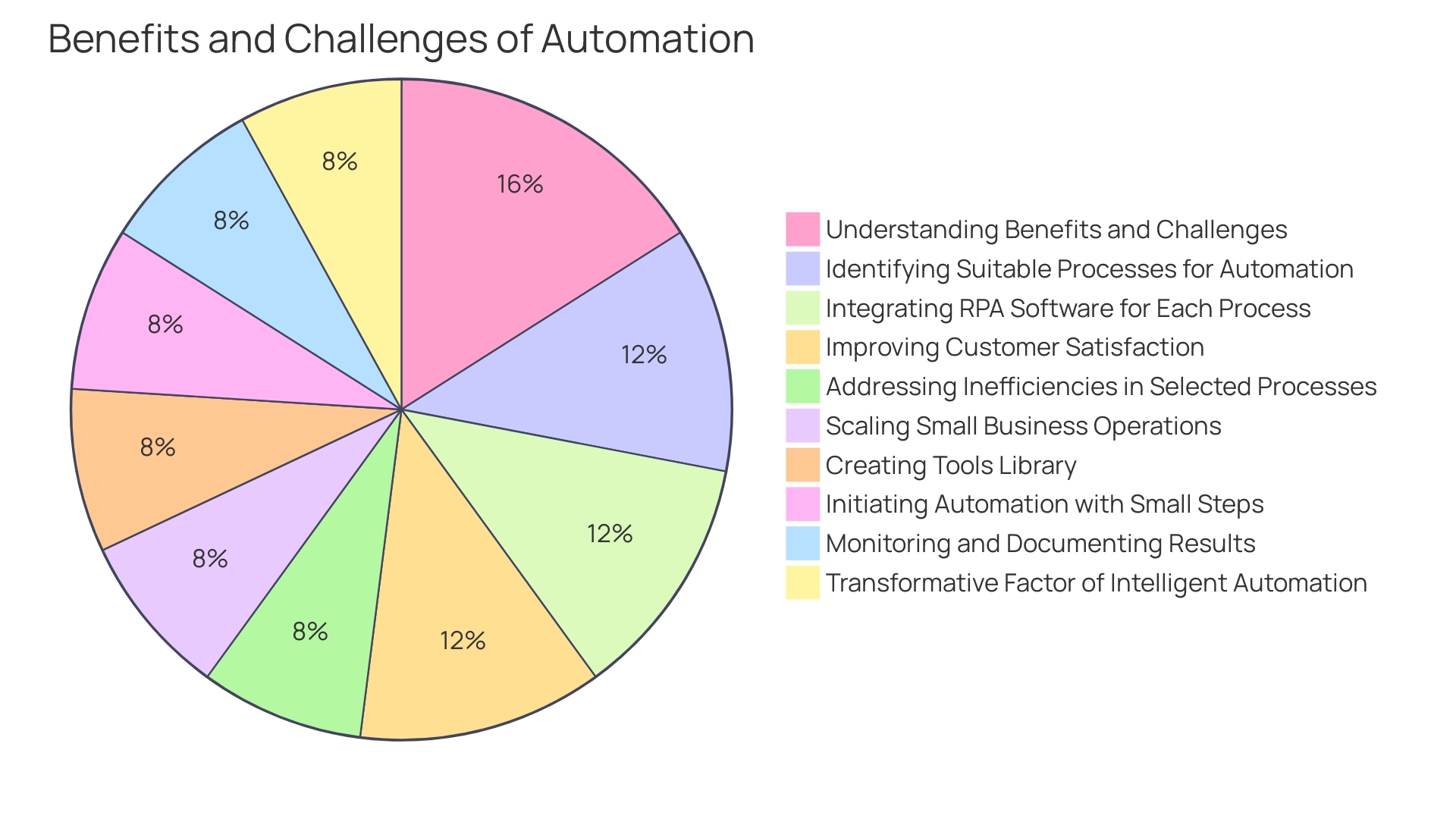
Conclusion
In conclusion, Robotic Process Automation (RPA) is revolutionizing the banking sector by streamlining operations, improving efficiency, and enhancing customer satisfaction. RPA's integration with AI and machine learning elevates its capabilities, enabling it to tackle complex financial tasks with finesse.
RPA transforms account reconciliation, onboarding processes, fraud detection and prevention, mortgage and loan application processing, credit card application processing, trade finance operations, digital account opening, report generation and auditing, and front-office operations.
By automating these processes, RPA accelerates tasks, reduces human error, ensures regulatory compliance, and delivers a superior customer experience. It also saves time, improves accuracy, and aids in meeting stringent standards.
Looking ahead, RPA offers a wealth of potential applications, from streamlining risk management to advancing data analytics. Its adoption is a strategic move to improve productivity and remain competitive in the rapidly evolving financial landscape.
In summary, RPA is transforming the banking sector, streamlining operations, improving efficiency, and enhancing customer satisfaction. Its integration with AI and machine learning enhances its capabilities and positions banks as leaders in a digital-first financial world.





